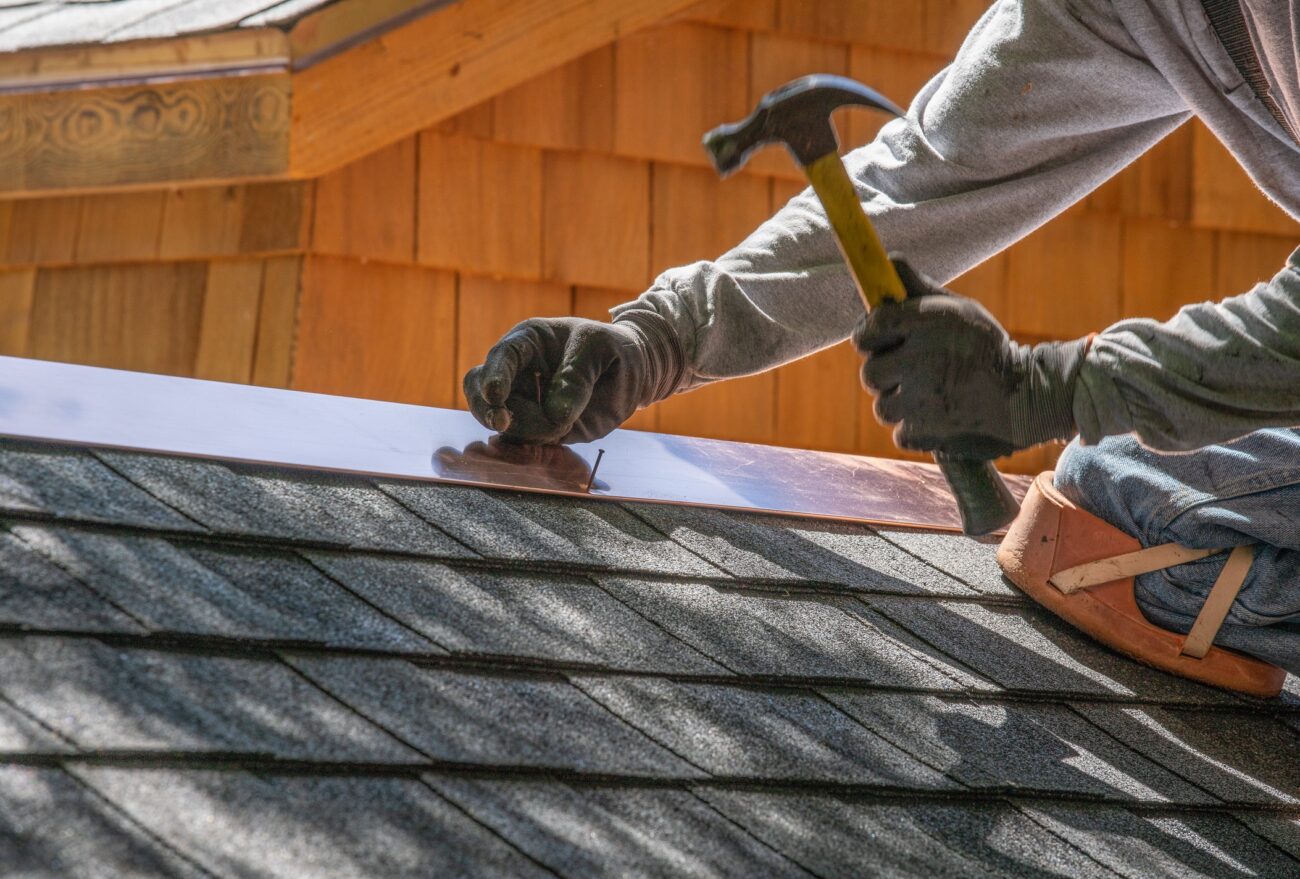Your roof features several layers to ensure proper protection and insulation when it comes to covering the top of your house. You might know about the roof frame providing the foundation and the shingles that make up the exterior portion of roofing. But your roof will also need smaller, thinner pieces of metal called flashing.
A builder or contractor will install flashing around intersecting pieces of the wood frame atop the shingles. This extra level of protection is usually placed around chimneys, vents, skylights, dormers, and similar roofing features.
It covers the space where underlying insulation, also known as underlayment, ends but the roof continues. Knowing why this roofing material is crucial to your home’s structure can motivate you to keep it strong and functional. Discover details about roof flashing, including its advantages and how to preserve it, when you read on.

Benefits of Roof Flashing
Your roof contains several layers that work to protect the structure and frame against outdoor elements that might otherwise threaten it. But underlayment will not reach the entire perimeter of your roof. This means that the roof can be vulnerable to moisture and weather-related damage without detailed protective elements like flashing.
Points of intersection, especially near crucial roofing elements like the chimney, could make for prime spots where rainwater or melted snow can seep into the roof and reach the interior of your home. Moisture can wreak serious havoc on the integrity of your roof. And the wooden frame could be subject to rot, warping, and other issues. Leaks could lead to other types of major harm inside your home as well, which could also occur with drafts and temperature control, not just water.
Flashing then plays an important role in protecting your entire home from external threats. You can discuss areas of your roof that may benefit from flashing installation with your local contractor.
Signs of Flashing Damage
Though these metal sheets are durable, flashing can undertake damage over time. You will need to inspect your roof on a regular basis to ensure it is still in good condition. You can hire a professional to complete a roof inspection. But if you intend to do this yourself, you should know what to look for in your flashing.
If the flashing appears to lift or bend, then you may need to seek repairs or replacements for your flashing. Water and other elements can enter through this damaged part of the flashing. Keep an eye out for rust or discoloration in the metal as well.
Damage in the surrounding shingles can also point to an issue with flashing. You might also see internal leaks or stains in the ceiling or attic if there is a problem with your flashing.
Perform regular evaluations of your roof to look out for early signs of flashing damage. The sooner you spot problems, the sooner you can schedule repairs and prevent more serious structural damage to your roof and home. Proper installation of roof flashing will ensure optimal results, so trust this task with a professional home improvement contractor.
